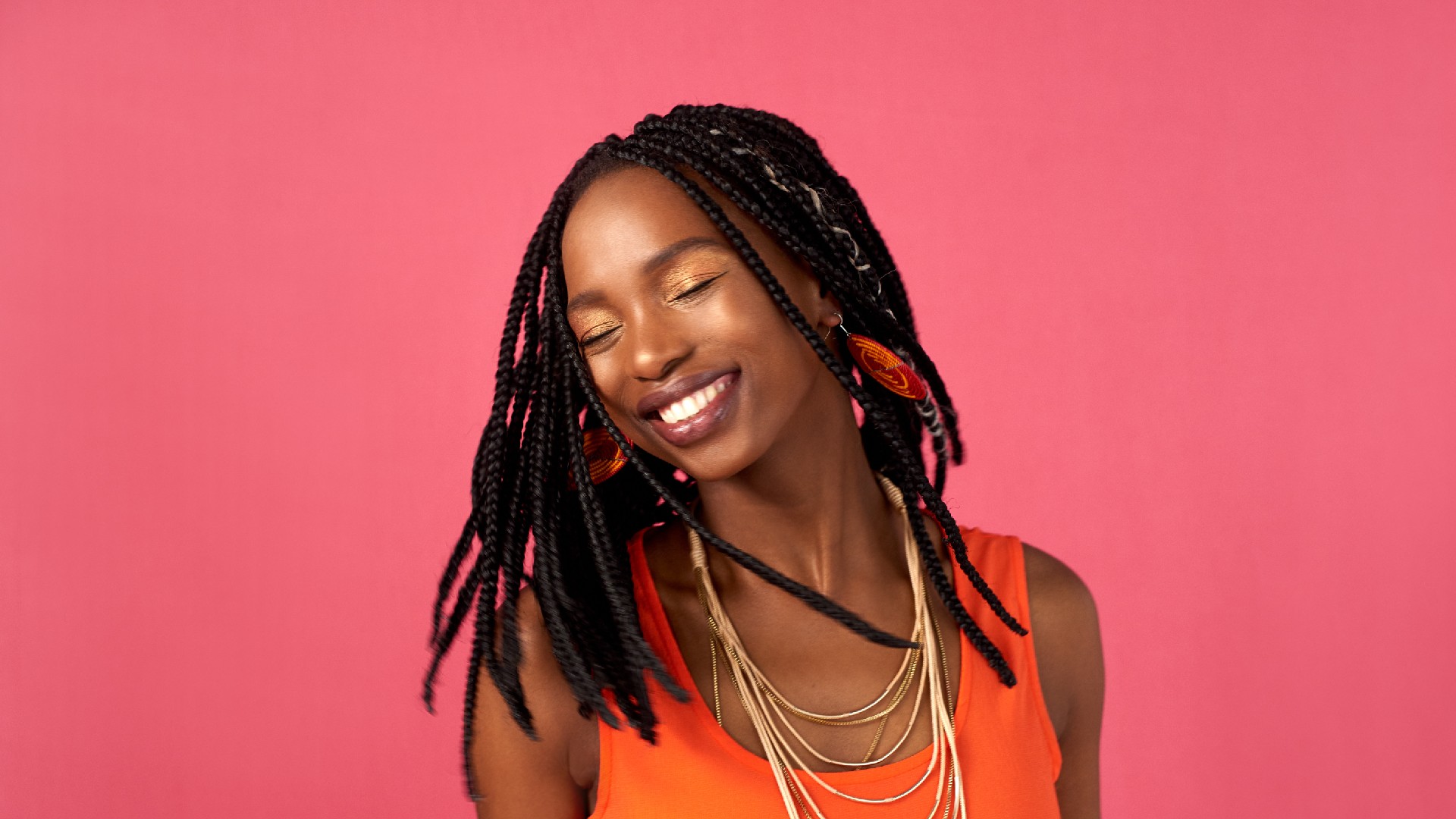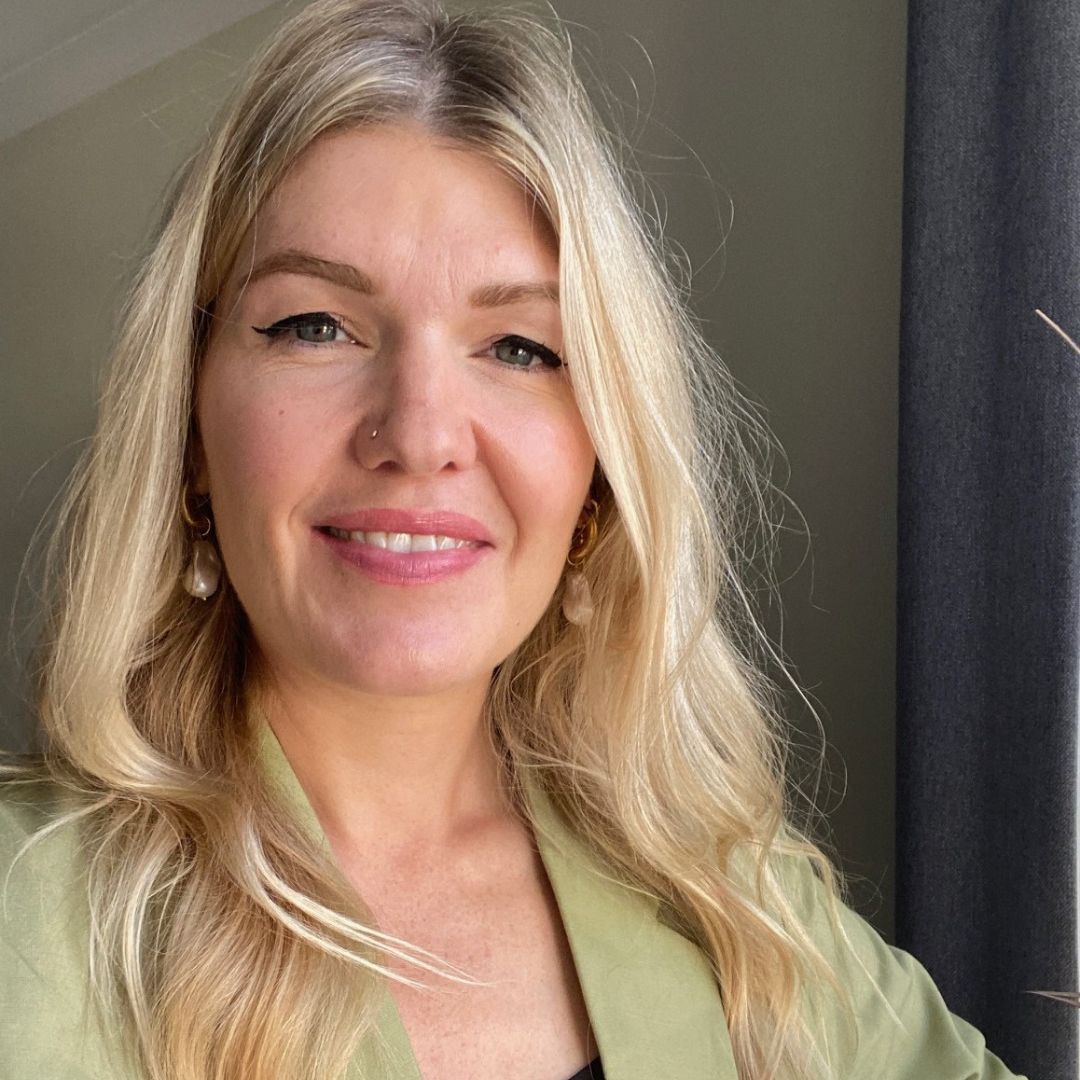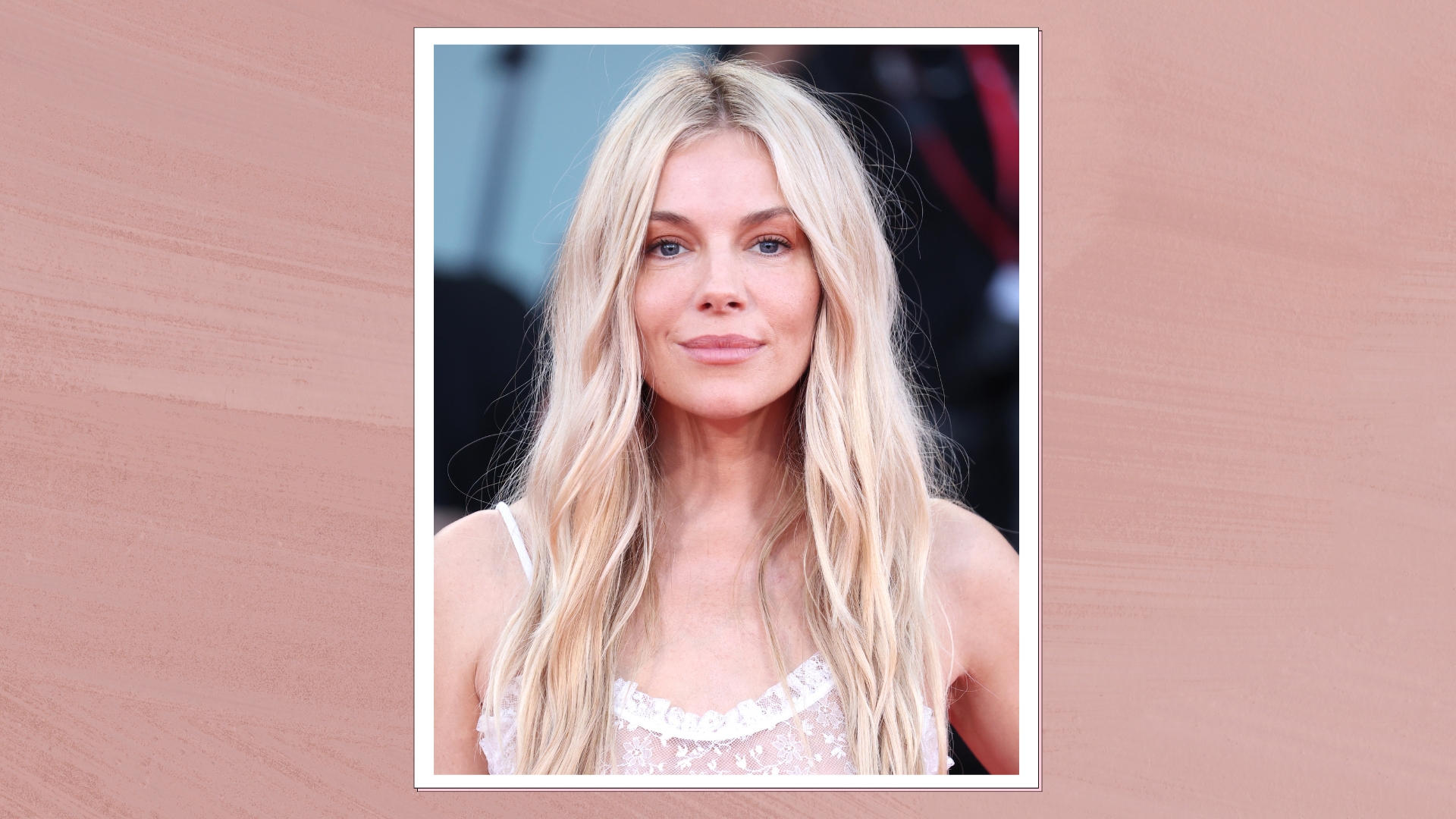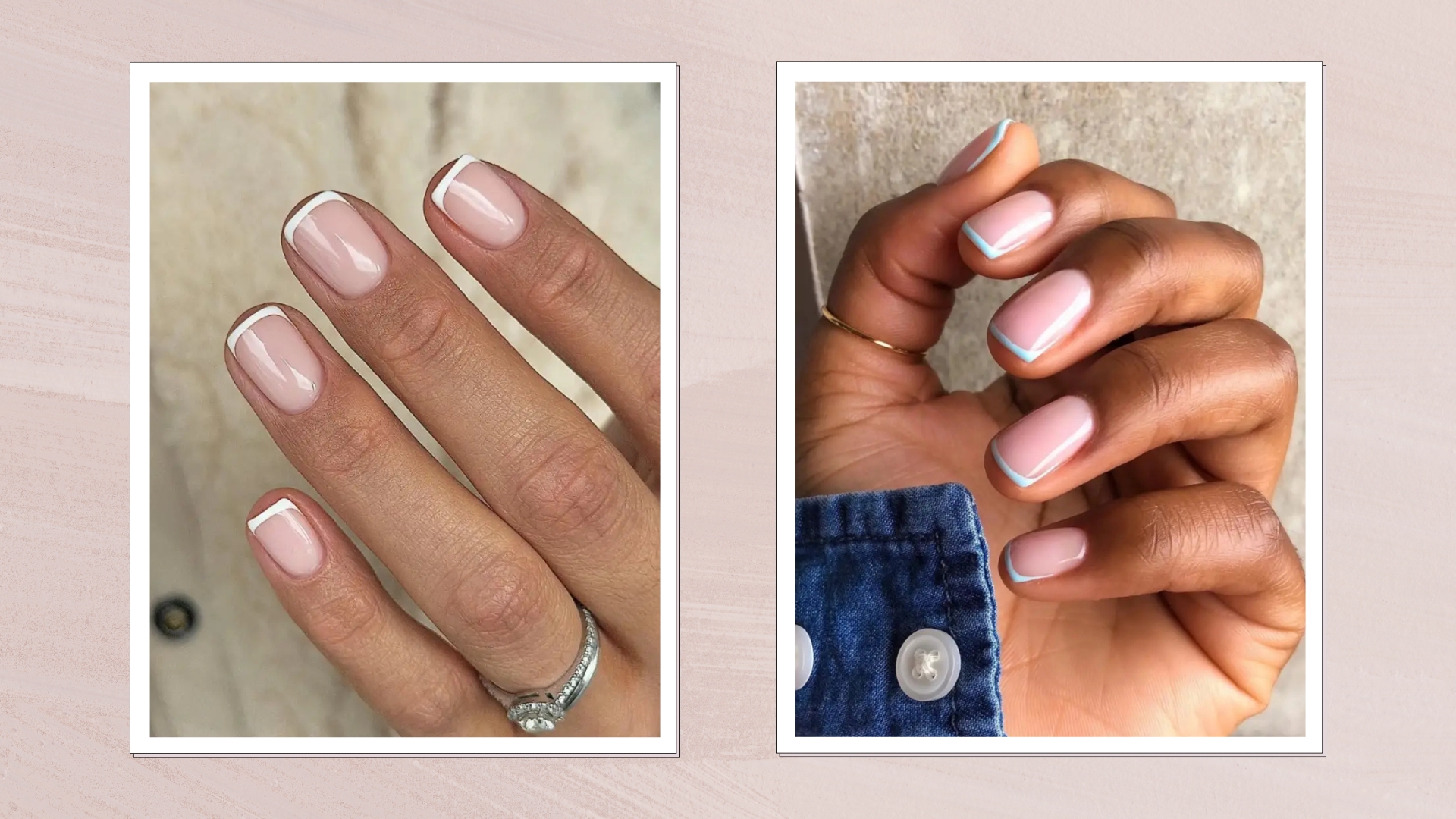Box braids—the expert guide plus 15 styles to inspire you
Everything you need to know about hairstyles with box braids, plus inspiration pics aplenty


If you've ever considered box braids, but have never taken the plunge, that consideration probably came alongside several questions. Yes, this is a classic style, one you'll have seen countless times everywhere from the red carpet to the streets of your hometown. But if you are not not sure how box braids are created, how to care for them or how long they last, don't worry, we've got you.
When I say "we," I mean award-winning hairstylist, braiding guru, and author of the bestselling Good Hair; The Essential Guide to Afro, Textured and Curly Hair, Charlotte Mensah. Then, a smidgeon of visual inspiration from me, rounding up a selection of the most beautiful hairstyles with box braids from social media.
With anything hair-related—whether that's picking the best hair dryer or finding the right braided hairstyles for you—it's a good idea to submit to the superior knowledge of hair experts. And hairstylists don't come more expert than Charlotte, a member of the British Hairdressing Awards Hall of Fame whose clientele includes Eve, Erykah Badu, Janelle Monáe and Zadie Smith, to name but a few.
"Braids have always been popular with women with Type 4c hair because they afford a certain level of freedom," she explains. "Women can work out, sweat, or even swim without worrying about the repercussions of shrinkage and maintenance. Braids come in all shapes and sizes, and there are many styles and techniques to employ, such as Senegalese twists (double-strand twists), micro-braids (very small single braids) and cornrows (braids attached to the scalp)."
How long do box braids last?
One of the biggest draws of box braids is that they're relatively low maintenance and last for weeks. "Braids can be refreshed every four weeks, especially at the front, and then re-braided to protect the hairline," Charlotte explains. "Braids can be worn anywhere between six and eight weeks, depending on your needs, but should be restyled to incorporate new growth and to prevent your natural hair from tangling into the extensions.
"Hair that’s fine and straight may loosen faster than curlier, kinkier textures. Wearing braids for long periods of time can cause hair loss and damage, so it’s advisable to wear your hair naturally, if you can, from time to time."
Do box braids damage hair?
Braids do come with a risk of traction alopecia, or hair loss that's caused by lots of tension on the hair. "Braids should never be painful when being applied, and hair should never be tugged or pulled tightly," Charlotte stresses. "If you ever notice bumps or small white pimples on the scalp or experience itchiness, redness or soreness, and a generally very tender scalp, braids should be removed immediately as these are all symptoms of traction alopecia."
Sign up for the woman&home newsletter
Sign up to our free daily email for the latest royal and entertainment news, interesting opinion, expert advice on styling and beauty trends, and no-nonsense guides to the health and wellness questions you want answered.
The best hairstyles with box braids
Looking to give this classic style a go? Social media is full of box braid ideas to inspire you for just about every hair length and style. From knotless box braids to jumbo box braids, this is just a selection of the looks we love to inspire your next 'do, whether you opt for colored extensions, beads, or knotless box braids.
The Extra Long Knotless Box Braids
A post shared by Self Taught Braider (@kersti.pitre)
A photo posted by on
The Jumbo Box Braids
A post shared by Box Braids (@bestboxbraids)
A photo posted by on
The Small Box Braids
A post shared by Box Braids (@bestboxbraids)
A photo posted by on
The Extra Long Box Braids
A post shared by Box Braids (@bestboxbraids)
A photo posted by on
The Short Box Braids
A post shared by BRAIDS GANG®️ (@braidsgang)
A photo posted by on
The Box Braids With Beads
A post shared by Box Braids (@bestboxbraids)
A photo posted by on
The Box Braids With Curly Ends
A post shared by Hair By Susy (@hairbysusy)
A photo posted by on
The Red Box Braids With Curls
A post shared by Box Braids (@bestboxbraids)
A photo posted by on
The Ombre Box Braids
A post shared by BRAIDS GANG®️ (@braidsgang)
A photo posted by on
The Box Braids In A Bun
A post shared by Laila-Jean 👑🇬🇭 (@neffyfrofro)
A photo posted by on
The Box Braid Cornrows
A post shared by Box Braids (@bestboxbraids)
A photo posted by on
The Box Braids Ponytail
A post shared by 👑 Jay & Trina 👑 (@curltureuk)
A photo posted by on
The Long Box Braids
A post shared by Lesley (@freshlengths)
A photo posted by on
The Half Up Half Down Box Braids
A post shared by SIMPLYGorgeous (@simplyg_hair)
A photo posted by on
The Braided Top Knot
A post shared by BRAIDS GANG®️ (@braidsgang)
A photo posted by on
How to do box braids at home
Many women choose to have their hair professionally braided in a salon, but if you've got the skills, it's possible to create box braids at home, too. "Although it is possible to do box braids on your own, most women prefer having them done by an expert braider for ease and efficiency," explains Charlotte. Here is her step-by-step guide.
You will need:
- Tail comb
- Human hair or synthetic hair
- Pomade for edges
- Jug of hot water
Method:
- Part a small square section of hair.
- Take a similar section of hair from the pack of extensions.
- Fold your extensions in half and place the center of the extension in between the section of the hair.
- Begin braiding all three strands until the natural hair disappears.
- Gather a bit of hair from the two other strands to create a third strand.
- Braid until the end.
- Dip hair into hot water (be careful) to melt the extensions and seal the braids.
How to care for box braids
"Braids can be achieved with human or synthetic hair, although the former is the most desirable as it tends to look more natural and is gentler on the scalp. Braids should be washed weekly as dirt, and product build-up accumulates quickly in the hair. The hair at the scalp should also be washed and involves lightly massaging the scalp with a moisturizing shampoo. It’s best to use gentle movements to avoid friction and frizziness at the roots."
"Always remember that when you’re wearing braids (or locs or any other protective hairstyle), it’s important to massage the scalp with a light oil. A good massage with the fingers in a circular motion increases blood circulation and stimulates the natural flow of oil from your scalp to the rest of your hair."
There you have it: all of the inspiration you need for hairstyles with box braids. Now all you need is to master the art of box braiding at home, or to give your local salon a call...

As woman&home's Beauty Channel Editor, Fiona Mckim loves to share her 15+ years of industry intel on womanandhome.com and Instagram (@fionamckim if you like hair experiments and cute shih-tzus). After interning at ELLE, Fiona joined woman&home as Assistant Beauty Editor in 2013 under industry legend Jo GB, who taught her to understand ingredients and take a cynical approach to marketing claims. She has since covered every corner of the industry, interviewing dermatologists and celebrities from Davina McCall to Dame Joan Collins, reporting backstage at London Fashion Week and judging the w&h Beauty Awards.
-
 We're in awe of Sienna Miller's easy-going and 'piece-y' hairstyle and how perfect it is for spring
We're in awe of Sienna Miller's easy-going and 'piece-y' hairstyle and how perfect it is for springThis laid-back hairstyle is - quite literally - making waves this season
By Naomi Jamieson Published
-
 We never thought we'd see this 'dated' manicure make a chic comeback, but here it is - and we're on board
We never thought we'd see this 'dated' manicure make a chic comeback, but here it is - and we're on boardClean and angular, short square French tips are a go-to this season for a practical but stylish manicure...
By Naomi Jamieson Published